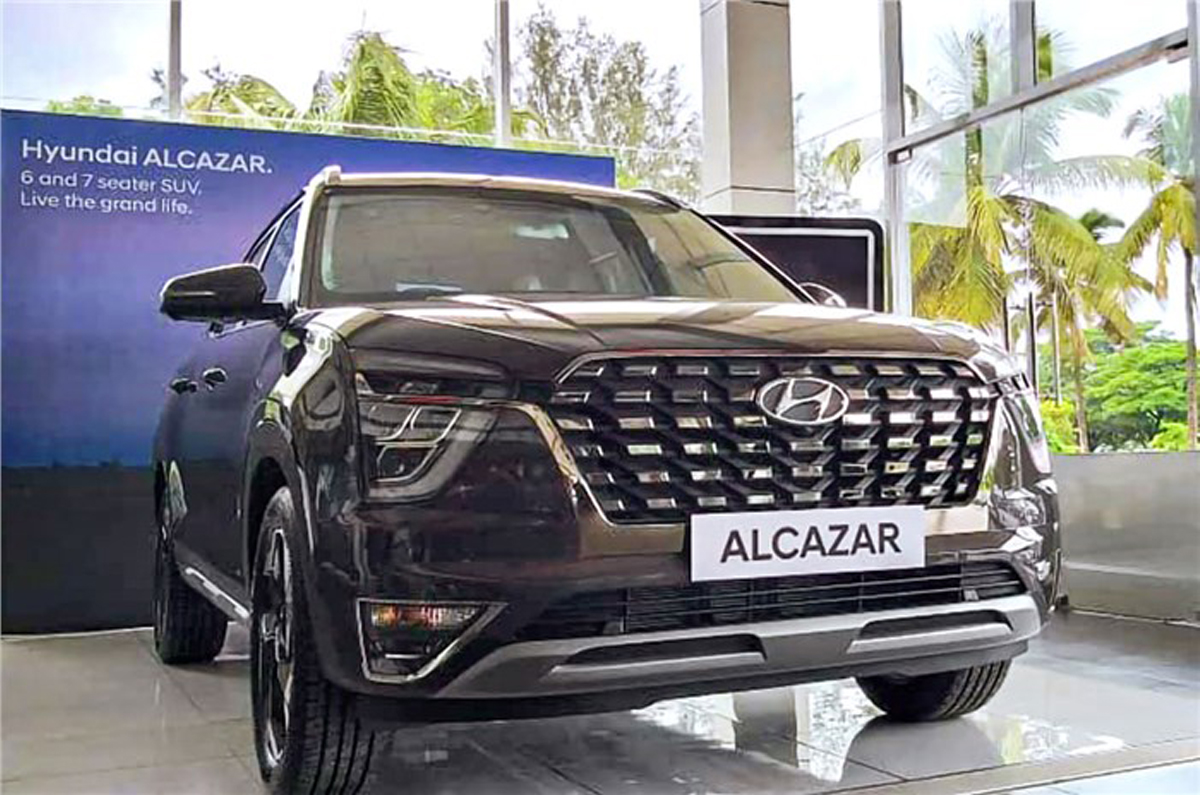
Over 55 percent of the cars sold in India in 2022 were over Rs 10 lakh as per JATO Dynamics
In what is a sign of the Indian car market maturing to the next level, the average retail price of a car or SUV sold in the country has exceeded Rs 10 lakh for the first time ever. In fact, in 2022, it touched the Rs 10.32 lakh price band. This is due to buyers favouring higher priced SUVs.
The rise in vehicle prices is in tandem with market growth, which indicates that the growing middle class can withstand a 15-20 percent rise in average selling price thanks to rising per capita income. They are not just fulfilling their need of personal mobility, but also their aspirations of owning a vehicle.
Core market has moved up to Rs 10-15 lakh mark
As per an analysis done by Jato Dynamics India, the core of the market has shifted from the Rs 5 lakh-10 lakh bracket to the Rs 10 lakh-15 lakh segment.
In 2021, about 1.8 million vehicles – or 58 percent of the total sales – fell in Rs 5 lakh-10 lakh bracket, which dropped to 45 percent in 2022. In the same period, vehicles priced between Rs 10 lakh-20 lakh, and above, accounted for over 55 percent of the overall market.
Ravi Bhatia, MD of Jato Dynamics India says that the price is driven by technology, regulation and the manufacturer’s pricing power. Also, the popularity of SUVs has allowed them to realise higher prices.
The disposable income has been rising and, along with a positive sentiment, it has created a demand for aspirational products. The significant spike in demand is the cumulative effect of the pent-up demand over the last two years.
Shashank Srivastava, senior executive director, Sales and Marketing at Maruti Suzuki says that the average prices have been moving up due to various factors – regulatory cost, growing tech features, commodity prices, and rise in registration, road taxes and insurance. But what gives confidence is the change in attitude towards consumption post COVID-19.
“Over the last few years, the propensity to spend is more than propensity to save. It is certainly linked to the younger population, who have more exposure to a globalised world and have a greater confidence in the nation to grow,” said Srivastava.
“Youth is very clear; their disposable income has gone up, the confidence is more, consumers are less hesitant to buy high value items, and financing is considered as a positive thing,” explained Srivastava.
Customers willing to pay for more premium features
Customers are willing to pay a premium for high-tech features that offer comfort and convenience. Case in point being Hyundai: 20 percent of cars sold are automatics, 26 percent come with connected tech, 38 percent come with a sunroof. And these features are, increasingly, becoming standard. Another interesting bit is that 45 percent of its sales comes from the over Rs 10 lakh price bracket.
Tarun Garg, director, Sales and Marketing at Hyundai Motor India says people’s aspirations are moving up – customers want higher trims and modern features. He believes the rate at which the Indian market is maturing is accelerating. Much like global markets, there is a shift towards SUVs, EVs and more connected cars.
“The Indian market is moving towards global maturity, and at the same time, the car penetration is still at around 30 cars per thousand people, which shows we have a long way to go. A lot of credit for the shift in demand towards bigger cars goes to the development of road infrastructure. These are signs of the market taking off, and the Indian market is expected to grow faster than many other global markets,” he added.
“The customer is no longer willing to compromise. They want everything – connectivity, space, technology, sunroof, automatic transmission. He wants to fulfil both his functional needs as well as aspirational needs.”
There is a clear shift towards bigger cars, higher trims and technology features like ADAS – in line with the needs of the global markets.
Also See:
Auto Expo 2023 preview: A-Z of all new launches, concepts and debuts
India overtakes Japan as the third largest car market
2022 car, SUV sales: Tata closely follows Hyundai; Maruti tops the chart
